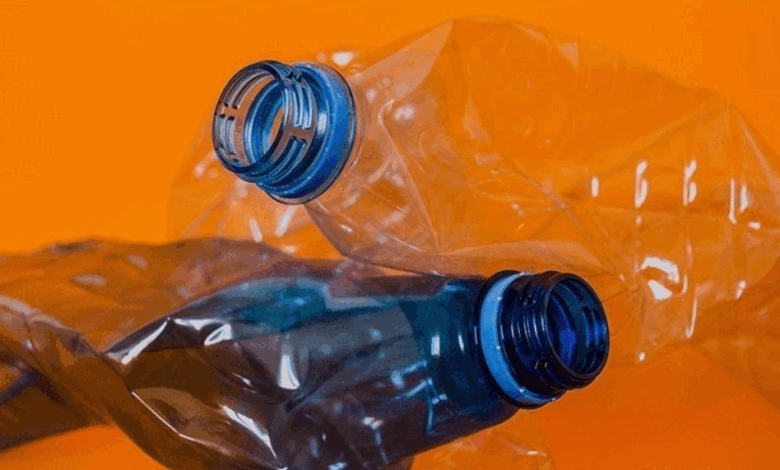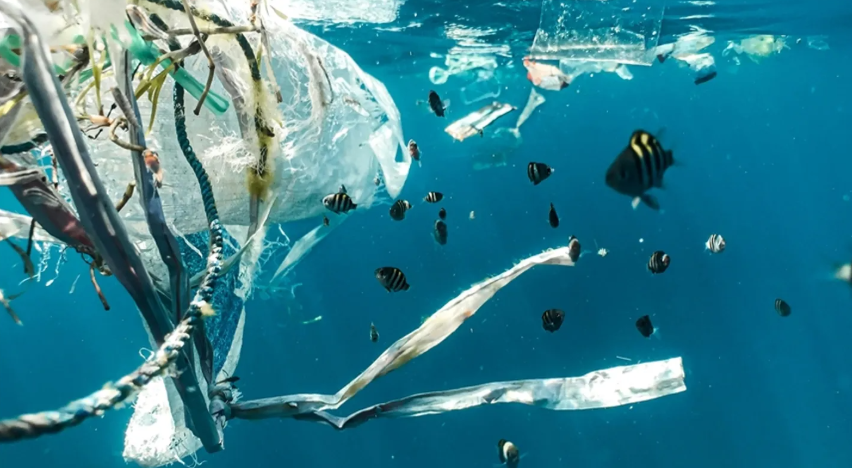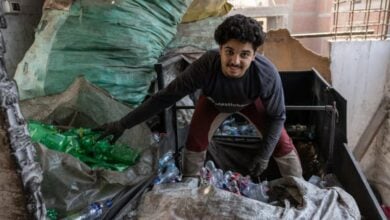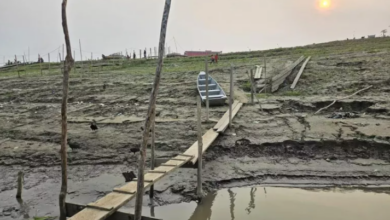New report warns plastic waste leakage in SE and East Asia could rise 70% by 2050

Plastic waste leakage from Southeast Asia, China, Japan, and South Korea could surge by nearly 70 percent by 2050 without decisive policy measures, the Organisation for Economic Co-operation and Development (OECD) has warned in its latest Regional Plastics Outlook report, published on Friday, as reported by Anadolu Agency.
According to the OECD, plastics consumption in the region is projected to almost double between 2022 and 2050, driven by population growth, urbanisation, and rising living standards. In 2022 alone, the region generated 171 million tonnes of plastic waste, with about 8.4 million tonnes of mismanaged waste leaking into the environment. China accounted for 55 percent of total leakage, while lower-middle-income ASEAN nations such as Indonesia, Vietnam, and the Philippines were also major contributors.

By mid-century, environmental leakage is forecast to reach 14.1 million tonnes annually, including 5.1 million tonnes entering aquatic environments such as rivers, coasts, and oceans. In 2022, approximately 3.9 million tonnes of plastics flowed into waterways and seas from the region, a figure expected to rise by more than 30 percent. Per capita plastic use in the region already averages 69 kilograms per year, higher than the global average of 60 kilograms, and is set to climb further.
Recycling rates remain low at 26 percent, with the rest of the waste sent to landfills, incinerated, or openly dumped. The OECD urged governments to improve waste management, cut single-use plastics, expand recycling infrastructure, and adopt measures such as extended producer responsibility schemes and plastic taxes. Without these steps, the report warned, marine ecosystems, fisheries, and livelihoods will face growing pressure in the decades ahead.





